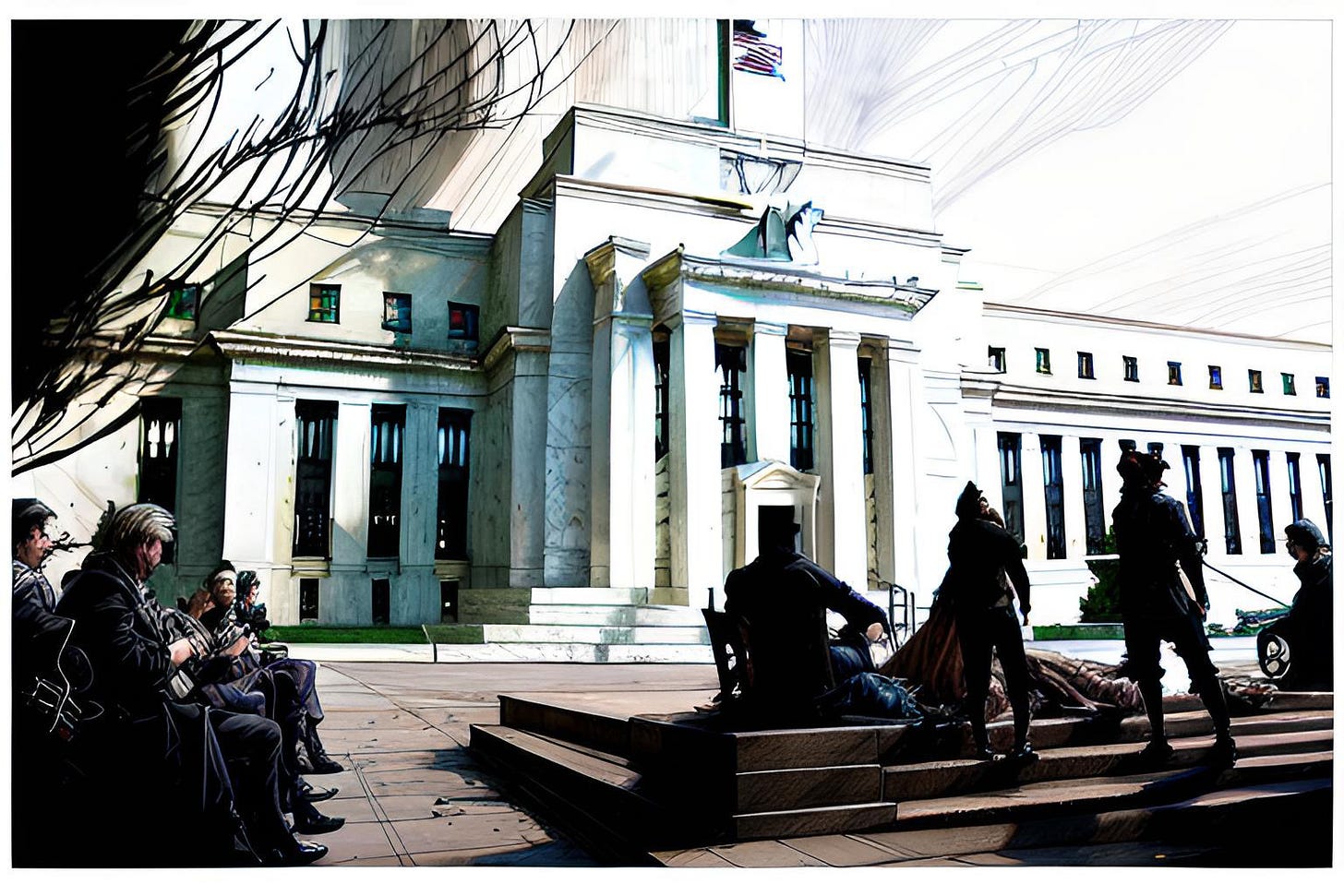An Unelected and Unaccountable Central Bankers' Paradise
The dark truth behind the Great Depression: how the Federal Reserve Bank orchestrated one of the most devastating economic collapses in history, leaving millions of Americans penniless and homeless.
As the 20th century began, there were only 18 central banks existing, including the Swedish Riksbank (founded in 1668), Bank of England (founded in 1694), Banco de Espana (founded in 1782), Banque de France (founded in 1800), Bank of Finland (founded in 1812), De Nederlandsche Bank1 (founded in 1814), Norges Bank (founded in 1816), Österreichische Nationalbank (founded in 1816), Danmarks Nationalbank (founded in 1818), Banco de Portugal (founded in 1846), National Bank of Belgium (founded in 1850), Bank Indonesia (formerly Java Bank) (founded in 1828), German Reichsbank (founded in 1876), Bulgarian National Bank (founded in 1879), National Bank of Romania (founded in 1880), Bank of Japan (founded in 1882), National Bank of Serbia (founded in 1884), and Banca d’Italia (founded in 1893).
In 1922, a conference took place in Genoa, which was attended by heads of state, governors from the Bank of England, Banque de France, and the Federal Reserve Bank of New York, along with several other international bankers. The conference aimed to establish central banks in countries where they did not exist.
Your support as a paid subscriber also enables me to continue producing high-quality, independent journalism on this important topics. As an ad-free platform, I rely on the support of my readers to keep this content accessible and free from external influence.
Keep reading with a 7-day free trial
Subscribe to A Lily Bit to keep reading this post and get 7 days of free access to the full post archives.

